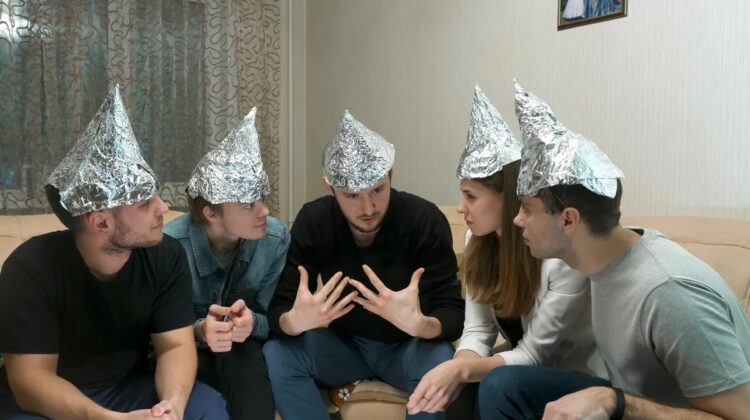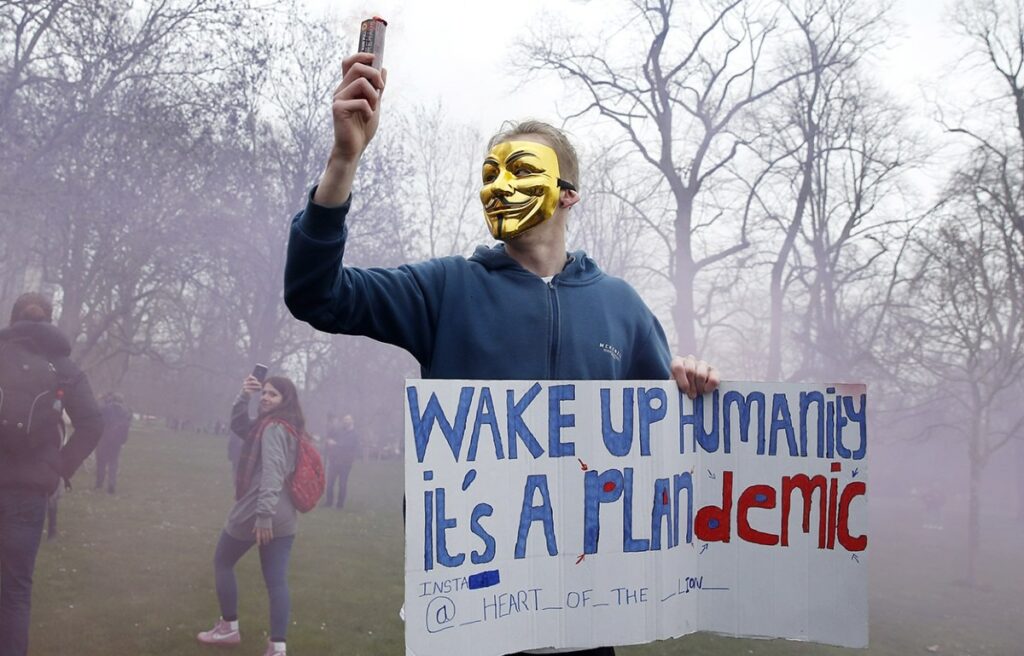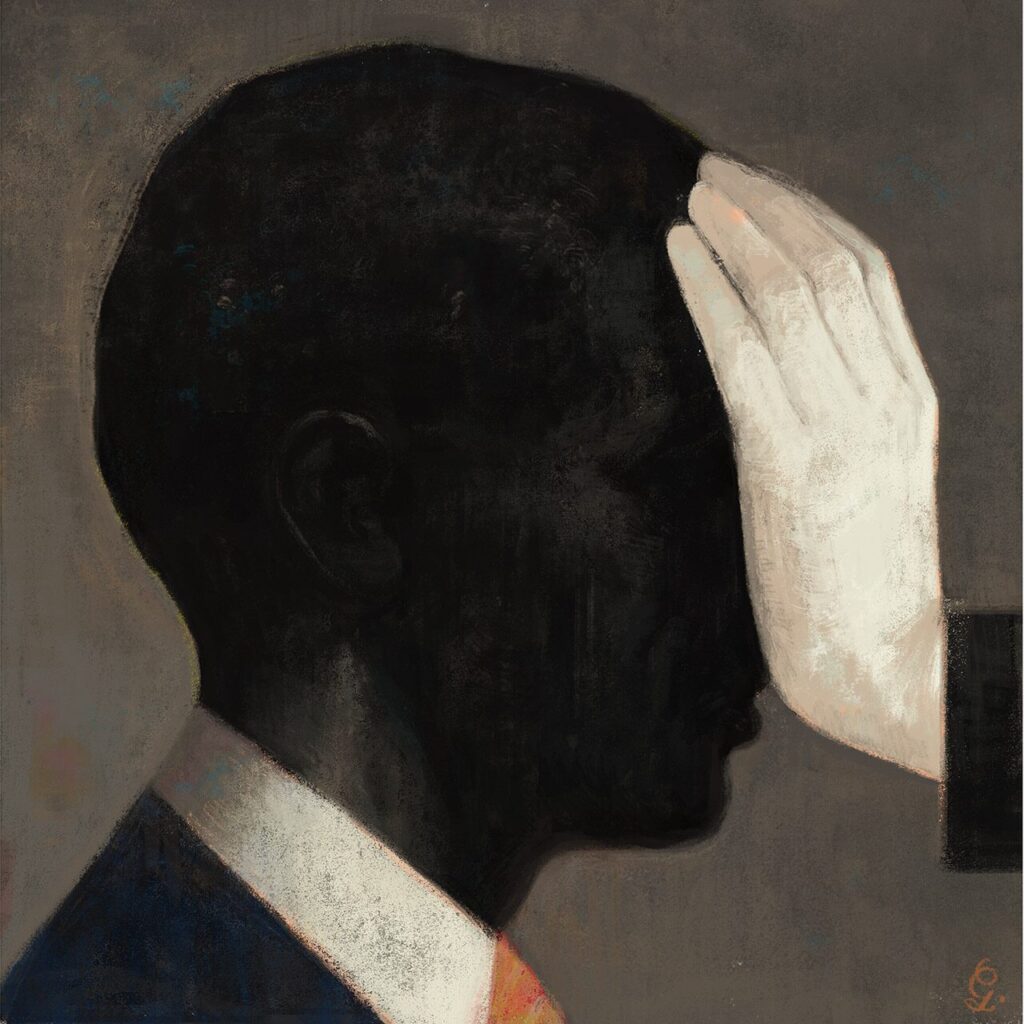
In a world fascinated by the clandestine and the covert, some conspiracy theories—dismissed and ridiculed—have startlingly turned out to be true. From government experiments to hidden truths, these narratives aren’t just the products of overactive imaginations but actual historical events with profound impacts. Here’s a deep dive into some of the most shocking conspiracy theories that were confirmed as facts, revealing the blurred lines between fiction and reality.
The Unexpected Truth of MK-Ultra and the Psychedelic Age
The MK-Ultra project, an infamous CIA operation, utilized LSD and other hallucinogens to test mind control capabilities during the Cold War. As reported by credible sources including The New York Times, unsuspecting Americans—including mental patients and prisoners—were used as test subjects. The experiments aimed at uncovering methods to control human behavior resulted in severe and often devastating consequences for the participants. Sidney Gottlieb, the program’s architect, hoped to harness LSD’s mind-altering properties for espionage, but instead, he inadvertently influenced the countercultural movements of the 1960s. The agency’s role in fostering the psychedelic age, though initially an unintended byproduct, has since been acknowledged as a cornerstone of the era’s expansive cultural and social revolutions.

The Sinister Shadows of the Tuskegee Experiment
Another harrowing revelation involves the Tuskegee syphilis experiment, where Black American men were deceitfully enrolled in a study by being promised free healthcare. Over decades, despite the availability of penicillin, these men were denied effective treatments to track the progression of the disease. This atrocity highlighted profound racial injustices and led to widespread mistrust in government-led health initiatives. The experiment, which lasted from 1932 until its exposure in 1972, not only caused needless suffering and death but also marked a monumental betrayal of trust that resonates in discussions about medical ethics and racial biases in healthcare today.

From Roswell to Reality: The UFO Conspiracy
Perhaps one of the most captivating tales of government concealment is that of Roswell, New Mexico—a name synonymous with UFOs and extraterrestrial lore. Once considered mere fodder for sci-fi enthusiasts and conspiracy theorists, the incident involved the rumored recovery of alien spacecraft. While the government initially dismissed these claims, continued speculation and intrigue led to an official acknowledgment of numerous classified projects related to UFOs. This confession added credibility to the claims of those who insisted something extraordinary happened in Roswell, shifting the narrative from conspiracy to a compelling part of U.S. military history.
Unwrapping the Hidden Messages: Government Surveillance Tactics
On a more Orwellian note, the theory of government agencies using technologies for surveillance and behavioral influence isn’t as far-fetched as once thought. Reports and declassified documents have confirmed technologies capable of inducing symptoms and behaviors from a distance, validating concerns over privacy and the extents of governmental oversight. Such revelations continue to fuel debates on the ethics of surveillance and the fine line between national security and personal freedom.

These stories, once relegated to the fringes of conspiracy and dismissed as impossibilities, have shown us the darker aspects of governance and power. They challenge us to question, verify, and remain skeptical of official narratives, underscoring the necessity of transparency and accountability in all facets of governance.
This dive into the heart of real conspiracies serves as a reminder of the complex and often unsettling realities hidden behind veils of secrecy. By understanding these truths, we not only gain insights into our past but also better equip ourselves to face the ethical and moral questions of the future.

Leave a Reply